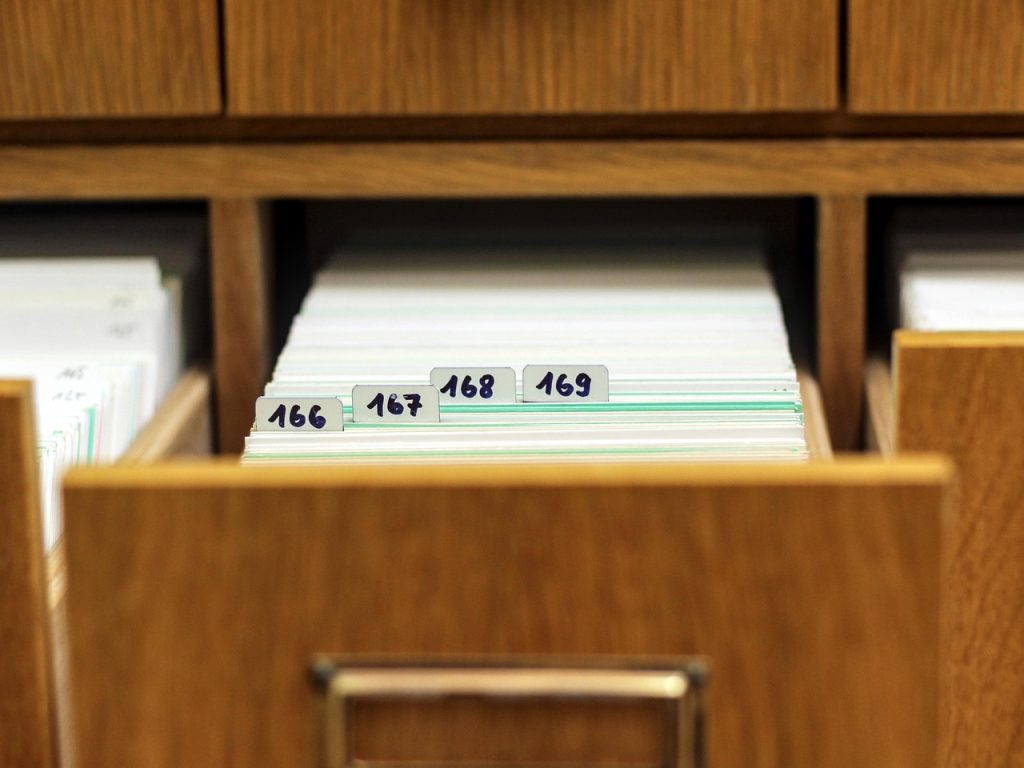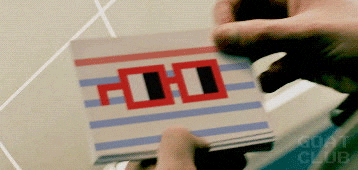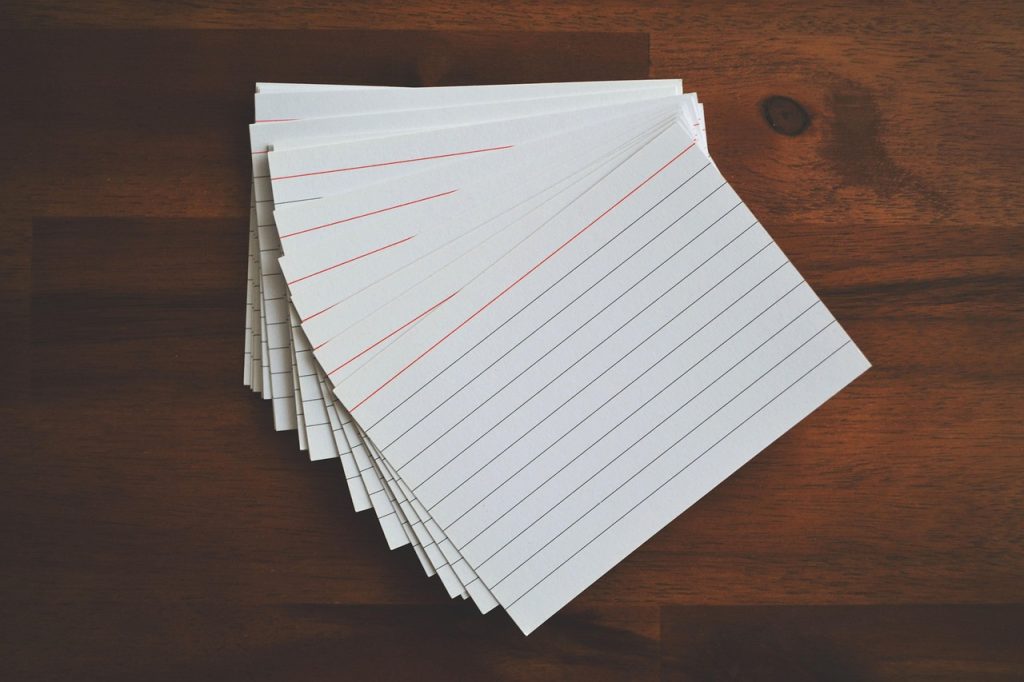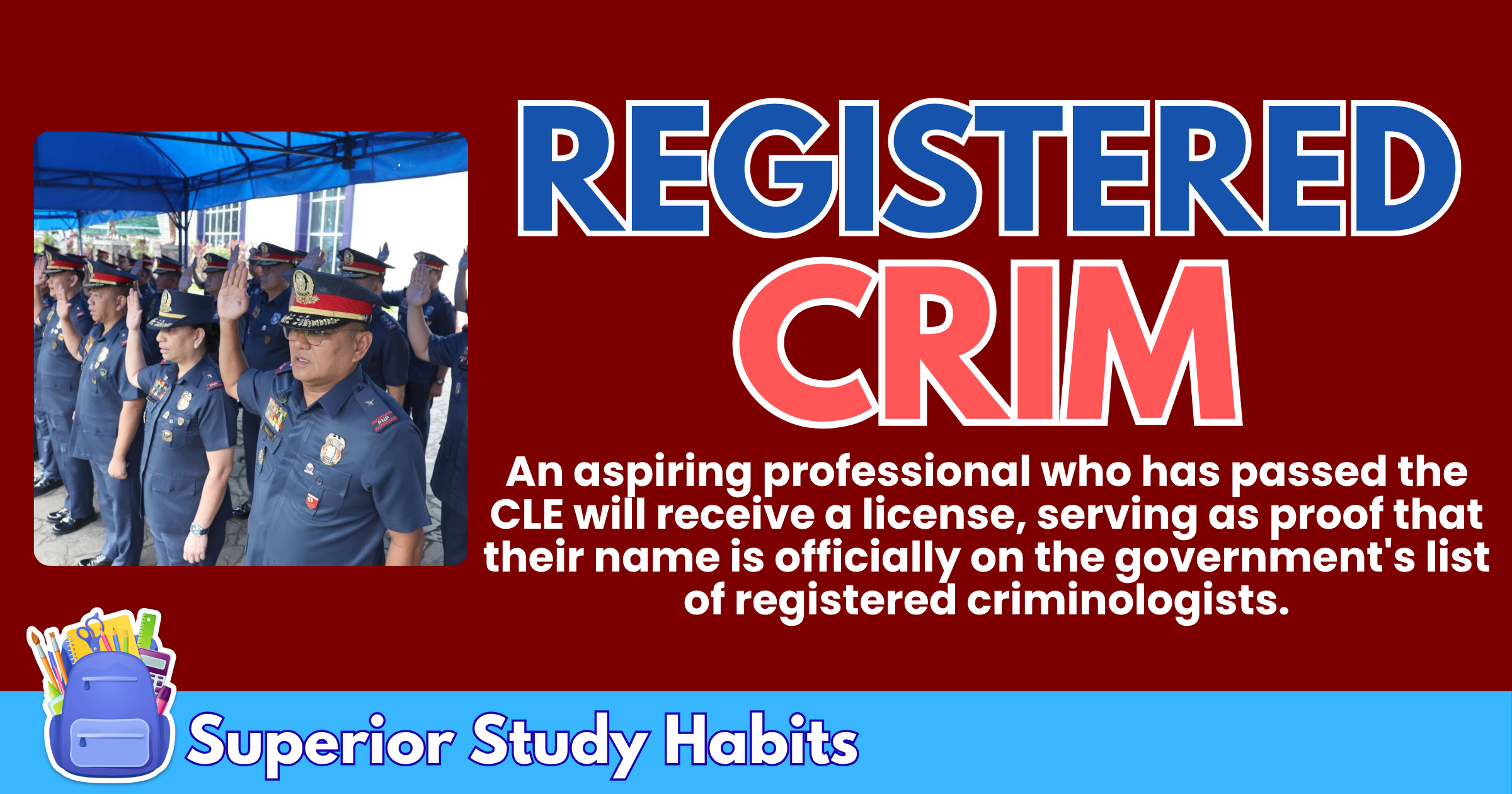Zettelkasten Method is Technique to Take Notes and Retrieve Information Like a Ninja
We meet and create many great ideas – from the articles and books we read, movies and TV shows we watch, conversations with other individuals, to something that pops from our mind out of nowhere.
Without a proper and effective note taking system, however, these ideas easily slip out from our mind. Common notetaking method is through a notebook and pen, but this type of notetaking sometimes ends up in bin or in a storage that is never revisited.
The purpose of notetaking is to put essential ideas on paper so we can revisit them from time to time when needed or when producing new ideas. But what is the best notetaking method?
Well, an author of 70 books and more than 400 scientific articles use this. Zettelkasten method is technique to take notes and retrieve information like a ninja.

Table of Contents
What is the Zettelkasten Method
The Zettelkasten method traces back to German social scientist Niklas Luhmann. Luhmann discovered this method after realizing that his previous notetaking system (writing notes in margins of books and collecting them thematically) was going nowhere.
As consequence, he turned to using note cards. He would organize these cards through writing a number in their corner to indicate the relationship and then slip them in a box in the order of the numbers.
The word ‘zettel’ refers to a slip or note of paper, while ‘kasten’ literally translates to box. Therefore, Zettelkasten refers to the process of writing down ideas in a note of paper and organize them in one place through a box.
Niklas Luhmann is an author of 70 books and more than 400 scientific articles. This strategy has helped him generate ideas, understand concepts more, think better, and never worked on a topic he didn’t like working on.

How to Use the Zettelkasten Method
The Zettelkasten method is a notetaking strategy to create a systematic archive of information and references that we could use later. While information may seem random at the outset, new outputs can be generated when we connect them together.
There are only three tools you need to use the Zettelkasten method:
- An index card or a piece of notepad paper
- A box
- A pen
There are three types of notes in the Zettelkasten method, and these are:
- Fleeting Notes
- Literature Notes
- Permanent Notes

Fleeting Notes
Got a random idea that you think might be helpful in the future? These in-the-moment notes and learnings are considered fleeting notes. They are not meant to be perfect or fully polished, but you will soon decide whether to keep it or put it up in trash.
Literature Notes
This type of notes refers to something learned from reading books/articles, watching, or listening to any form of literature. Bear in mind that, if possible, you should write this type of notes in your own words, including thoughts and key takeaways. (Sure, some things like quotes should be written verbatim.)
Maintain having a single idea per note. These are beneficial if you want to revisit the literature later.
Permanent Notes
Permanent notes are those that you want to keep for the long-term. This includes a recap or summary of the information researched or learned. A summarization of the ideas.
Other Types of Notes
Aside from fleeting, literature, and permanent notes; there are other types of notes that you can add to your Zettelkasten.
- Reference Notes. These serves as connectors, similar to how table of contents or legends are used to have references on how to easily find notes when needed.
- Project Notes. These are notes on a specific project that you are working on, hence you are not going to mix it with other notes but place them on separate category.

Digital Tools to Use Zettelkasten Method
The Zettelkasten method was created by Luhmann as an analog system but with advancement in technology, there are online applications that can be used to apply the method.
Any notetaking application can be used for Zettelkasten, either free or paid. Here are some applications I suggest:
- Google Keep is a free mobile application created by Google to help you capture and share your thoughts, manage your to-dos, and stay organized. The minimalistic application lets you focus on creating your notes without any complicated features
- Easy Notes is easy-to-use notepad free for notetaking (free but consider purchasing the one-time affordable premium version to remove ads). This is powered by several key features such as elegant backgrounds, rich text editor, draw templates, sticky notes, sync and backup, lock and safe, and dark mode.
- Notion is for notes, advance organization features, project and task management, and collaboration. Whether you are a student, professional or engaged in business, Notion is a digital workplace.
- OneNote is a free notetaking application from Microsoft. The app is free, and storage is linked to OneDrive subscription. It is a simple notetaking app similar to Google Keep; advantage here is that it organizes notes into categories called Notebooks.
- Evernote was once the king (or the elephant) of notetaking, but this title has waned from the application. This decline could be attributed to the company seemingly forcing users to purchase a premium plan, this as other apps offered this as free. Moreover, it has become an all-in-one productivity app (notes, calendar, tasks) instead of simply being a notetaking app. It has great features but is limited unless you upgrade to premium.

Benefits of the Zettelkasten Method
Here are some of the benefits of the Zettelkasten method:
No Need to Force Ideas in A System
Have you ever experienced having to spend a lot of time organizing your notes every time you put one, otherwise they would become useless and just stay in a corner?
This is a common problem faced by many individuals who want to make good notes. The organization, sometimes, is too burdensome which leads to giving up. That’s not how Zettelkasten works.
The purpose is to document and preserve ideas without force. No underline, no margin, verbatim is avoided. Simply write down notes and easily link them together through a two-way link, a unique number, or an index.

Linking Notes to Make Great Ideas
Another advantage of the Zettelkasten is the provision of more efficient way to link individual notes together. Notes can be identified through using tags, symbols, codes.
These notes can then easily be picked and link needed note cards for the ongoing project. Together, these can form new great ideas.
Retain Overwhelming Information
Our brain has limitations on information it can store and remember. Sometimes, we have ideas that are not yet on time (ripe) for implementation, but we will be needing them later. Making notes do not only help us process information but also provides a way to retrieve them when needed.
Therefore, it is always better to have a “second brain” or a copy of these ideas stored in a space, organized, and can is there when needed.

Final Thoughts
Taking notes is common to students, educators, writers, and others engaged in professional work. It helps in processing information and making a copy (including reflections) of the ideas that resonates with us.
These ideas could be helpful later when making an important project. Many individuals who take notes, though, never revisit their notes. Once written, these would be put in a storage space and never to be read again.
Hence, ensuring that the notes we take is well-organized, easy to retrieve, and easy to understand enables these notes to be of use in future endeavors.
The Zettelkasten method is a revolutionary method of taking notes, it brings a way for organization, retrieval (through codes), and easy to understand bite size information.
Moreover, index cards or note cards are pocketable; thus, we can easily put ideas into paper without the hassle of bringing bulky notebooks.
Try, and start fusing bite-size index-card ideas and turn them into bigger accomplishments.

Success Stories
Success Strategies
News to Your Inbox
Fresh insights and exclusive perks delivered straight to your inbox. Sign up now.




![Pinoy Student Researchers Clinch Platinum Award at International Competition in Taiwan [Consumer Revolution] 12 Pinoy Student Researchers Clinch Platinum Award](https://superiorstudyhabits.com/wp-content/uploads/2025/01/studyhab8-8.png)


![[Key Secrets Disclosed] Make Learning Powerfully Exciting with Storytelling 16 Make Learning Powerfully Exciting with Storytelling](https://superiorstudyhabits.com/wp-content/uploads/2025/04/study-11.png)


